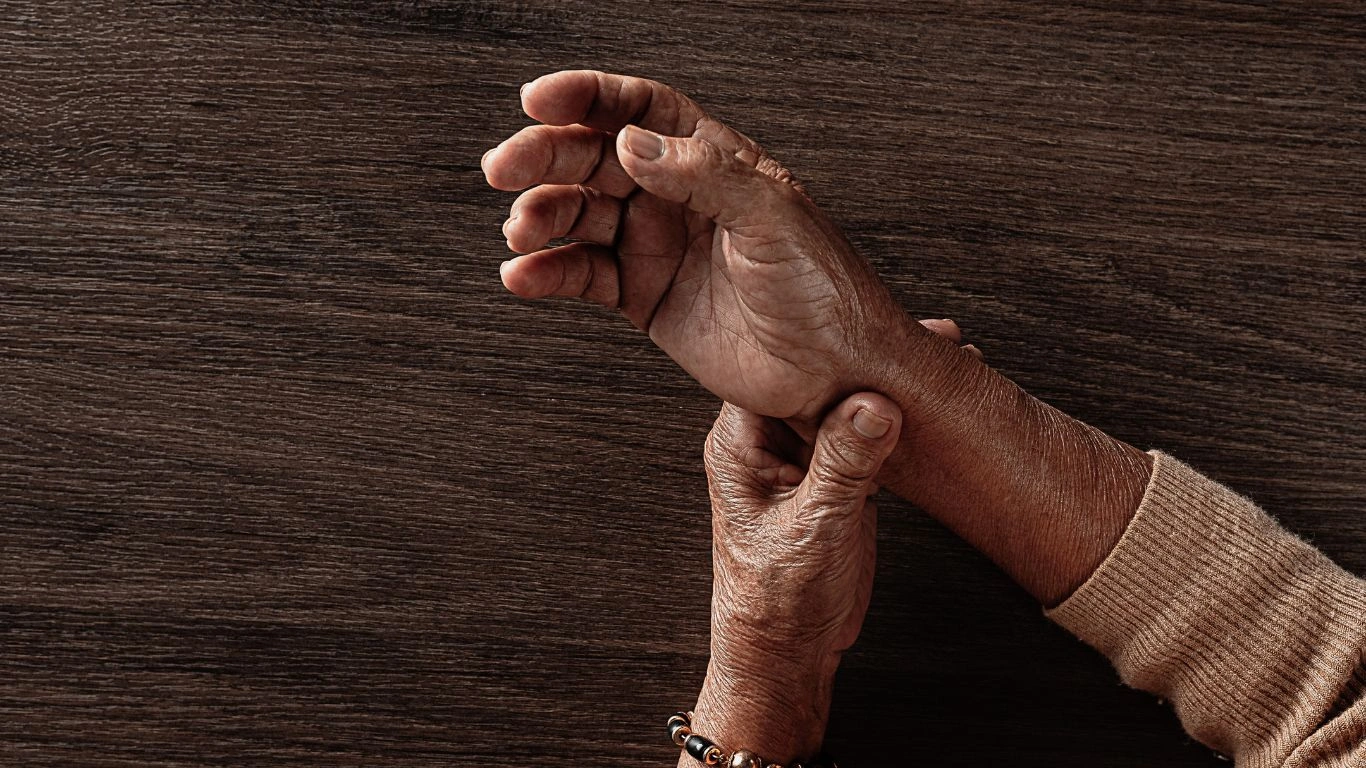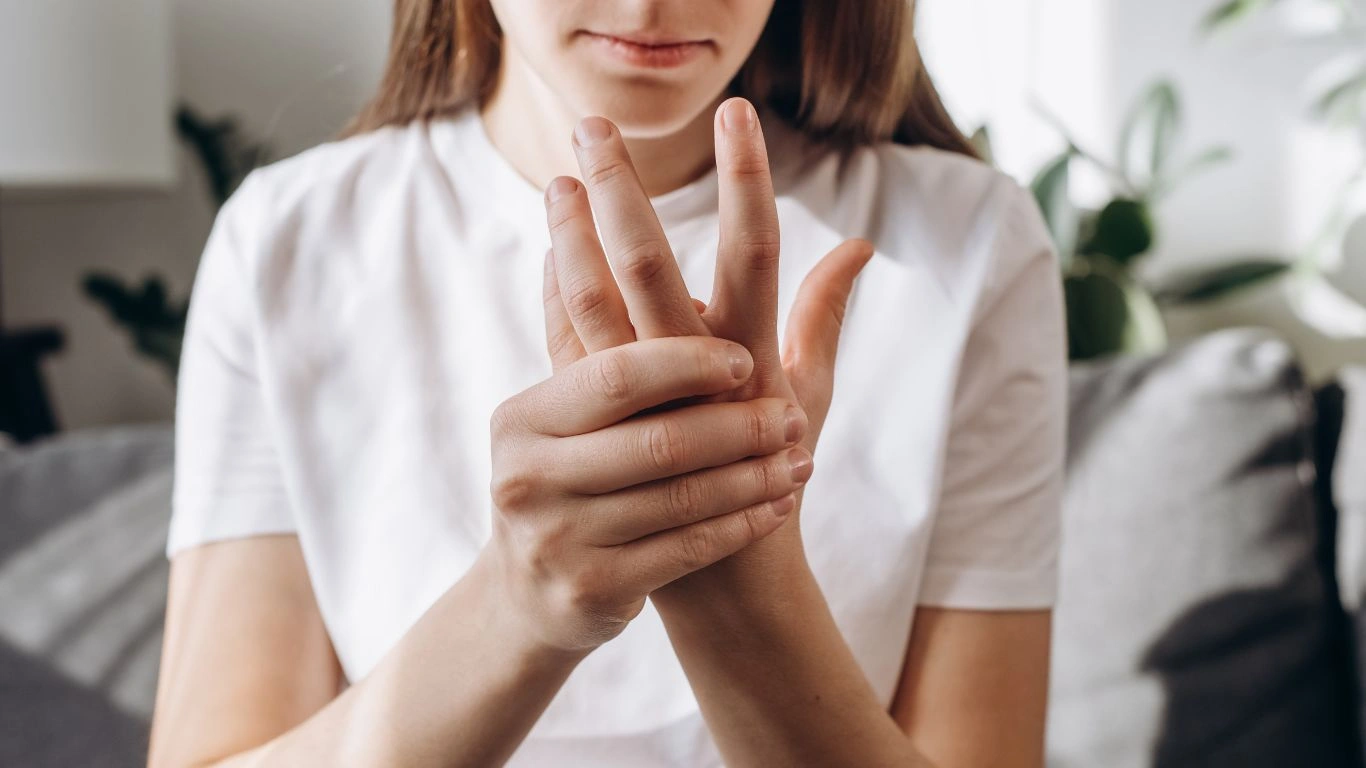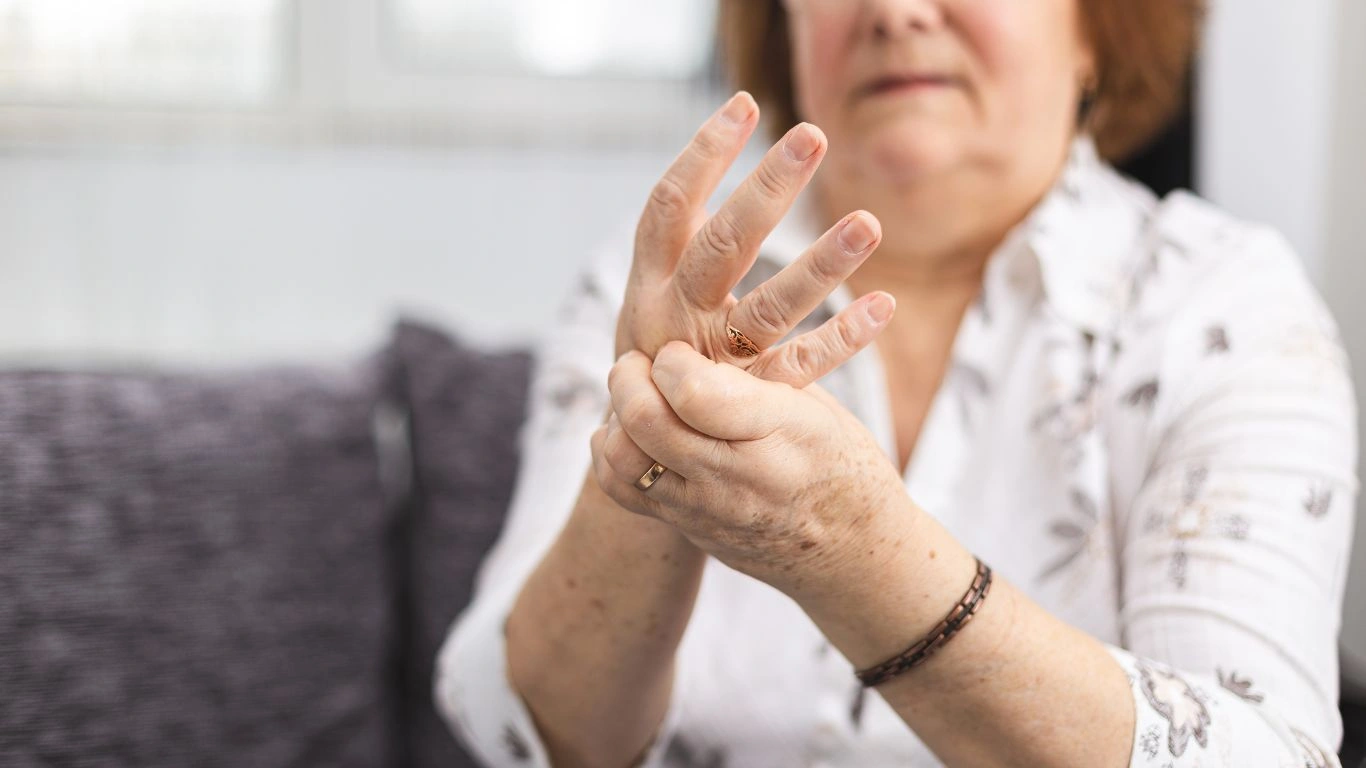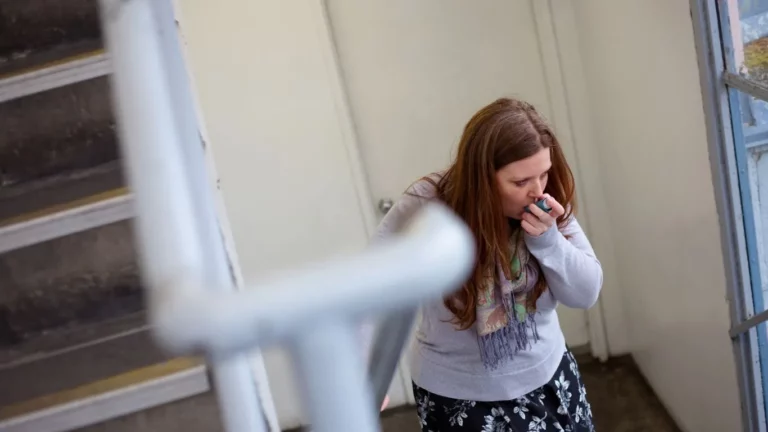The Role of Stretching in Rheumatoid Arthritis Management: Why It’s Crucial for You
If you’re dealing with rheumatoid arthritis (RA), you already know how tough it can be to move around and stay active. Stiff joints, pain, and inflammation often make everyday tasks feel like a huge challenge. But here’s the good news: The role of stretching in rheumatoid arthritis management can make a big difference. Trust me, I’ve seen it in action with patients and even in my own experience. Stretching doesn’t just help with flexibility; it also boosts circulation, eases pain, and can even help with emotional well-being. It’s like giving your body a little love every day!
Why Should You Care About Stretching for RA?
Alright, let’s break it down. When you have RA, your joints get inflamed, which leads to stiffness and limited range of motion. Over time, that can mean less mobility and even more pain. Stretching is something that’s often overlooked, but it’s one of the best tools in your toolbox. Here’s why:
- Loosens Up Stiff Joints: A big one. Stretching helps to reduce that “locked up” feeling, especially in your hands, knees, and shoulders.
- Reduces Pain: Stretching promotes blood flow, which can help calm down inflammation and alleviate some of the achiness.
- Helps with Range of Motion: The more you stretch, the better your flexibility will be, allowing you to move more freely and perform daily activities with less discomfort.
- Mental Health Boost: Stretching can also be a form of self-care that calms the mind, helps reduce stress, and improves your overall mood.
Think of it like a little ritual that you can do daily. It doesn’t have to be complicated, but doing it regularly can help you feel better physically and mentally.

Troubleshooting Common Issues with Stretching for RA
Now, I know stretching isn’t always as easy as it sounds, especially when RA flares up. But don’t worry—there are ways around common challenges. I’ve helped so many people with these issues, and here are a few things to keep in mind if you’re feeling stuck or frustrated:
1. Pain While Stretching – What’s the Deal?
One of the biggest concerns people have is pain while stretching. It’s totally normal to feel discomfort (hey, we’re talking about stiff joints here), but you should never feel sharp or intense pain. If you do, stop immediately. I’ve had patients who tried to push through pain, and that often made things worse. Stretching should feel like a mild pulling or gentle tension, not a sharp jolt.
Pro Tip: If you’re having a tough time, try using heat pads or a warm shower before stretching. Heat helps to loosen muscles and joints, making stretching a bit easier.
2. Limited Range of Motion – Feeling Stuck?
If your range of motion is limited (which is totally normal with RA), start slow and steady. It’s important to ease into stretches and not force anything. I always tell my patients, “It’s about progress, not perfection.” Start with gentle stretches for the areas that feel the tightest—like your wrists, hips, or knees—and as you improve, gradually challenge yourself more.
My Experience: I remember working with a patient, Mike, who had really stiff knees. At first, he could barely bend them without pain. But after a few weeks of consistent stretching (and some light strengthening exercises), he was able to walk longer without his knees locking up. It took time, but it paid off!
3. The Fear of Injury – It’s Real, But Don’t Worry
I get it. Sometimes, the fear of making things worse can hold you back. But trust me, once you learn proper techniques, you’ll feel more confident. If you’re unsure of how to stretch safely, don’t hesitate to reach out to a physical therapist for guidance. They can help you get the form right and ease those worries.

Stretching Success Stories: Real-Life Impact
You’ve heard the science, but what about real-life examples? Let me share a couple of stories that show just how much of a game-changer stretching can be when managing RA.
Story 1: Sarah’s Improved Flexibility and Reduced Pain
Sarah, a 55-year-old woman with RA, came to me complaining about her stiff hands and wrists. She found it hard to hold a cup or even write. After just a few weeks of incorporating simple wrist stretches and finger exercises, she started feeling a difference. Not only was she able to do things like write a grocery list again, but she also noticed her pain level had decreased. Stretching became part of her morning routine, and she said it made a world of difference.
Story 2: John’s Journey to Walking Again
Then there’s John, a 62-year-old man with severe knee pain due to RA. He was almost entirely reliant on a cane and struggled with even short walks. We worked together on a stretch and strengthening plan, focusing on his hip and knee joints. Slowly but surely, John’s mobility improved. He could walk without his cane for longer distances, and the swelling in his knees went down significantly. His success story proves that consistency really does pay off!

Key Takeaways: Stretching for RA is a Must
Let’s wrap this up with some key takeaways on the role of stretching in rheumatoid arthritis management:
- Start Slow and Steady: Don’t rush into deep stretches. Take your time and ease into it.
- Listen to Your Body: Stretching shouldn’t hurt. If it does, stop and reassess.
- Stay Consistent: The more regularly you stretch, the better the results. Aim for daily stretches, even if it’s just for 10 minutes.
- Incorporate Other Exercises: Stretching alone isn’t enough. Combine it with strengthening exercises and aerobic activities (as long as they’re RA-friendly).
- Work with a Professional: If you’re unsure where to start or how to stretch safely, consult a physical therapist who can personalize a plan for you.

5 FAQs on Stretching for RA
1. Can I stretch during an RA flare-up? It depends on how severe the flare-up is. It’s generally okay to stretch gently during mild flare-ups, but if your joints are too swollen or painful, it’s best to rest and consult your doctor.
2. How long should I stretch each day? I recommend at least 10-15 minutes of stretching every day. Even a few minutes can help reduce stiffness and improve mobility.
3. What stretches should I focus on? Target the areas that give you the most trouble—often the wrists, knees, shoulders, and hips. But don’t neglect your back and neck either!
4. How can I avoid overstretching? Stay mindful of how your body feels. Never push beyond your comfort zone. If a stretch feels too intense, back off a little.
5. Is stretching alone enough to manage RA? Stretching is an important part of the equation, but it should be combined with other treatments, like medication, a healthy diet, and strength training. Talk to your healthcare provider about a comprehensive plan.
Appendix
References
Disclaimer
The information shared in this article is intended to be informational and not a substitute for medical advice. Always consult with your healthcare provider before starting a new exercise routine.
Call to Action
If you’re ready to take control of your RA and improve your flexibility, why not give stretching a try? Remember, consistency is key, and every little bit helps. Speak to your healthcare provider about how stretching can fit into your RA management plan.

Tarra Nugroho is a dedicated Nurse Practitioner with a strong foundation in family and preventive care. She brings both compassion and clinical expertise to her practice, focusing on patient-centered care and health education. As a contributor to Healthusias.com, Tarra translates medical knowledge into clear, empowering articles on topics like women’s health, chronic disease management, and lifestyle medicine. Her mission is simple: help people feel seen, heard, and informed—both in the clinic and through the content she creates. When she’s not caring for patients, Tarra enjoys weekend hikes, plant-based cooking, and curling up with a good health podcast.






